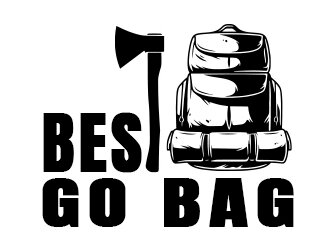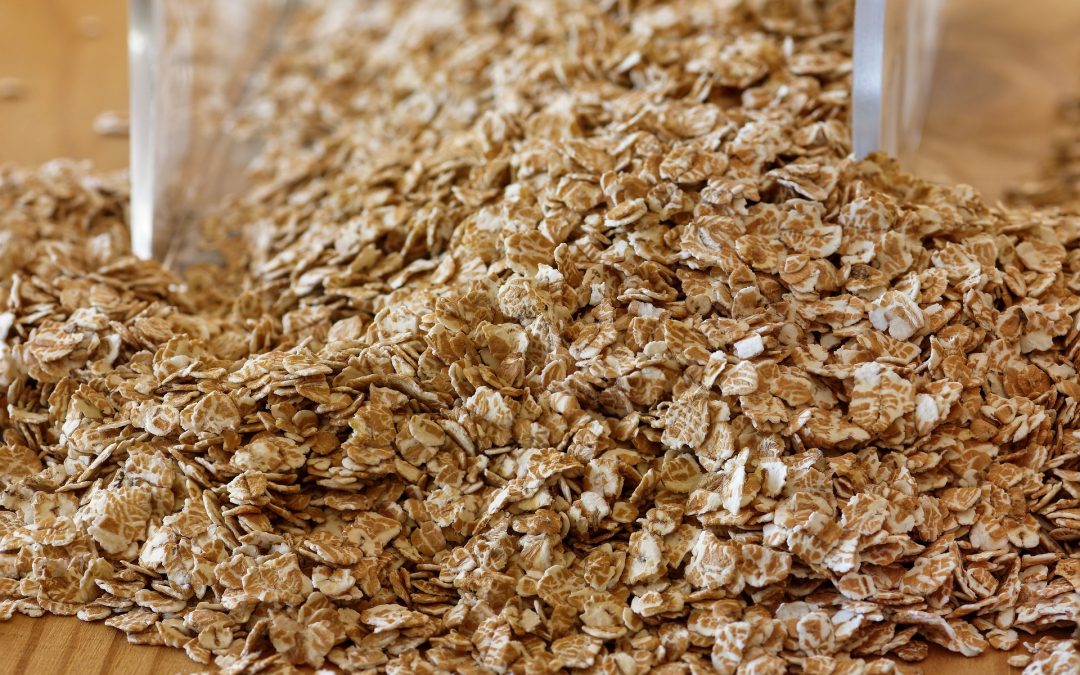How To Prepare 25-Year Emergency Food Kits
If the past year has taught us anything, it’s that we should always be prepared for the worst. You never know what will happen. Pandemics, natural disasters, and power outages are real threats we can face. Being prepared for these events doesn’t have to be scary. In fact, being prepared helps relieve stress and fear.
Emergency preparedness looks different for everyone. It depends on a lot of factors, like your household size, the needs of each member of your household, location, and climate. It is safe to assume everyone’s preparedness plans will look different. That said, some emergency preparedness elements look the same across the board, no matter the specifics of your situation. One of these elements is being prepared with a food kit.
If you’ve never heard of a food kit or if you don’t know how to prepare for an emergency, don’t worry. We have all the information (and products) you need to keep your family safe in times of crisis. No matter the situation, being prepared is the only way to ensure everyone’s safety. Keep reading to learn how to prepare emergency food kits that last up to 25 years.
What Is a Food Kit?
A food kit is a kit that contains food and water. More specifically, it has non-perishable foods that will last for a long time. In the food kits at 4Patriots, our food has a stable shelf life of up to 25 years. The food in the kit should contain a substantial amount of nutrients and calories to give you energy and keep you full for long periods of time. You don’t know how long you’ll be without food, so you want to eat filling food.
Think about rations of food when preparing a food kit. Consider the number of people who live in your household because you want to make sure you have enough food for each person. A good rule of thumb is to have enough food and water for each person to have three meals a day for three days. The more food you can store in your kit, the better.
To prepare your food kit, get freeze-dried food from 4Patriots in the amount suggested above. Store it in a safe place, like a waterproof container in case of flooding. And keep it near your survival kit so everything is in one place.
How Can a Food Kit Last For 25 Years?
Twenty-five years is a long time. It seems crazy to think that any food could last that long. Our food kits can stay fresh that long because they are freeze-dried. The same reason applies to our supplemental food products. Freeze-dried food maintains its freshness due to a specific preservation process.
Freeze-drying food works like this: the food is dried through the removal of all moisture. You must freeze the food and then seal it in a strong vacuum. As the vacuum works, the food goes through a process called sublimation. This means the ice on the frozen food turns into vapor. It is popular for preserving food because it maintains more flavor than processes like dehydration.
By removing the moisture from the food, freeze-drying prevents the growth of any bacteria. This means no mold or fungus can grow. Bacteria can’t rot the food because it needs moisture to grow. Removing the moisture also means the food will not get stale. This means you will be able to safely consume the food and not get sick.
Is a Food Kit The Same As a Survival Kit?
A food kit is not the same as a survival kit, but it can (and should) be included in your survival kit. The main difference between the two is that a food kit contains only food and water. A survival kit contains a wide variety of items and tools. These items can be used for survival during an emergency. A food kit can’t replace a survival kit. It is supplemental and can be stored in the same place. When it comes to emergency preparedness, it is important that you have both types of kits.
As we mentioned, a survival kit contains the necessary tools for survival. This might mean different things to different people, but some tools should be included in everyone’s kits. Before you create your own survival kit, think to yourself: what are the essential items I need to survive? Remember, food and water will be in your food kit, so focus on other tools that would help you escape from, or survive in, various emergencies. If you are having a hard time thinking of items, see the below list for our suggestions.
- A heat source: This is an important one, especially if you live in the north or anywhere that drops below 50 degrees. The heat source could be a few different things, such as a fire starter, thermal blankets, or extra layers of clothing and blankets.
- A light source: A solar-powered flashlight is your best bet for a light source. It will charge during the daytime when there is light out and give you hours of bright light when it gets dark. Being able to see is an essential part of surviving emergencies.
- A sharp tool: You want something that can cut through things easily, like a tactical knife. A knife will help to cut packaging, wires, rope, and anything else you may need to get through.
- A first aid kit: This is an essential item. It should contain various bandages, scissors, antibacterial cream, disinfectants, gauze, gloves, tweezers, tape, allergy medicine, and ibuprofen (or something similar).
These are just a few of the items you should keep in your survival kit. You can include other items like a multitool, a water purifier, extra clothing, a tool kit, and a survival handbook for wilderness or home. This may seem like a lot of stuff, but it is always better to be safe than sorry! You never know the situation you might find yourself in.
Conclusion
Thanks to freeze-dried food, our food supplements and food kits can stay fresh in your pantry for up to 25 years. That’s over two decades of peace of mind knowing you will be prepared and never go hungry during an emergency. Food and water are essential because we can’t survive without either. If disaster strikes, the last thing you need to worry about is where you are going to find food and water.
At 4Patriots, we make being prepared simple and easy. Our food kits and survival supplies ensure you are ready for anything. Remember, being prepared will save you time, money, and precious energy so you can focus on making it through the emergency or disaster.
Sources:


